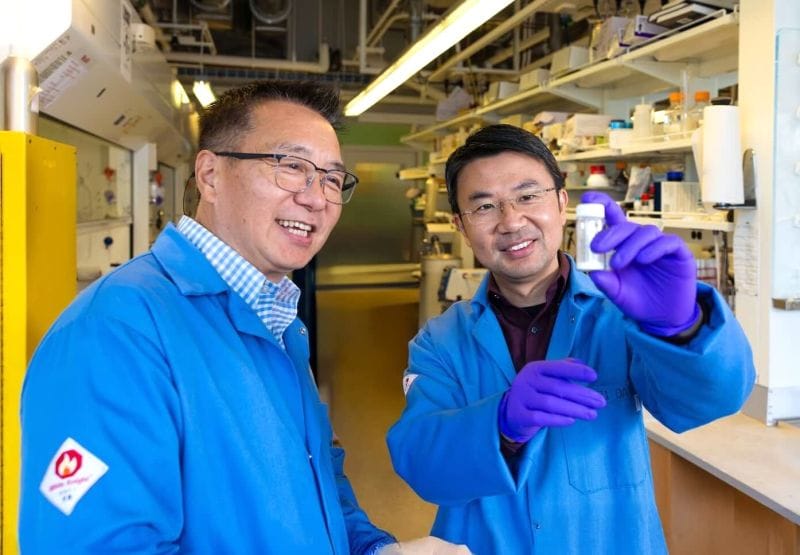RSS Feed Source: Academic Keys
Aalto University is where science and art meet technology and business. We shape a sustainable future by making research breakthroughs in and across our disciplines, sparking the game changers of tomorrow and creating novel solutions to major global challenges. Our community is made up of 120 nationalities, 14 000 students, 400 professors and close to 5000 faculty and staff working on our dynamic campus in Espoo, Greater Helsinki, Finland. Diversity is part of who we are, and we actively work to ensure our community’s diversity and inclusiveness. This is why we warmly encourage qualified candidates from all backgrounds to join our community.
Master’s Thesis Position: Implementation of 5G EAP-AKA Authentication Protocol for IoT Equipment
The Department of Information and Communications Engineering at Aalto University is seeking applications for a Master’s thesis position in the area of mobile communication security and protocol implementation. The work will be
Click this link to continue reading the article on the source website.



